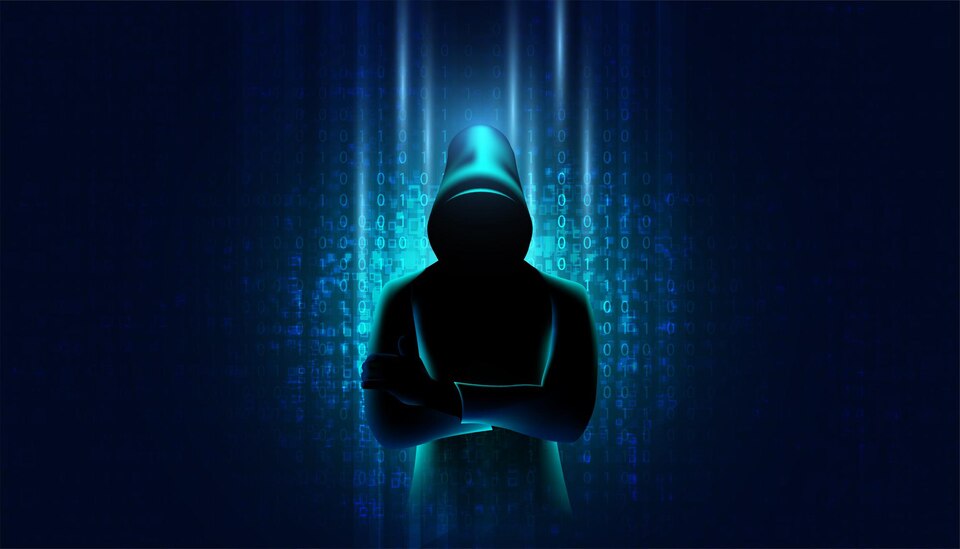The Israel-Palestine conflict, one of the world’s most enduring and volatile disputes, has now entered a new frontier: the cyber dimension. Beyond the physical battles and political tensions, there is a growing concern about the digital battleground and how it’s shaping the conflict. In this blog post, we look closely into the changing scenario of cyber warfare between Israel and Palestine, examining the complexity of this modern conflict.

1. Escalation of Cyber Warfare:
Experts and cybersecurity analysts have sounded the alarm, warning that the Israel-Palestine conflict has spilled into the digital domain with remarkable intensity. The ongoing conflict has seen a surge in intelligence hacking and network disruptions that have the potential to affect not only the primary adversaries but also allied nations on both sides.
The sophistication of Israel’s security systems has not been spared from these digital aggression, which has raised questions about whether tech hacks are being deployed to suppress intelligence gathering and alerts. What was initially a localized issue is rapidly evolving into a full-blown cyber warfare scenario, further complicating an already complex conflict.
2. Geopolitical Repercussions:
The implications of the conflict entering the realm of cyber warfare extend beyond mere data breaches and website defacements. There is a growing concern about the possibility of geopolitical repercussions, including disruptions to critical infrastructure such as power networks, stock exchanges, and tele communications networks. These disruptions could potentially impact countries far beyond the immediate conflict zone.
The cyber warfare landscape is expected to witness an expansion in terms of the actors involved. Notably, the conflict has given rise to cyber attacks for commercial gains, with the arrival of cybercriminals entering the scene. As these actors join the fray, newer forms of malware and cyber weaponry are being introduced into the world of cybercrime, adding another layer of complexity to the situation.
3.Attacks on News Agencies
The digital battlefield has seen news agencies become targets. In a clear example of the digital conflict’s impact, Israel’s renowned news agency, The Jerusalem Post, fell victim to a series of cyberattacks. These attacks led to the website’s crash, emphasizing how the digital front has become an integral part of the overall conflict.

4. Hackers from Both Sides:
In the cyberspace scene, hackers from both sides are actively engaged in trying to compromise each other’s digital infrastructure. Cybersecurity experts have observed a variety of attacks, including Distributed Denial of Service (DDoS) attacks, website defacements, and increased dark web discussions from various threat actor groups.
Data from Cloudflare, a cloud security and content delivery company, confirms the presence of cyberattacks in the form of DDoS attacks impacting both Israel and Palestine.
5. Pro-Palestine Offensive:
Among the actors participating in the digital warfare, a couple of Russian-backed hacker groups, Killnet and Anonymous Sudan, have taken the front of the pro-Palestine offensive. These groups claimed responsibility for recent attacks on Israeli government websites and The Jerusalem Post, respectively. Notably, Anonymous Sudan also claims responsibility for targeting Israel’s Iron Dome, the country’s all-weather, air defense system.

6. India’s Involvement:
India, traditionally known for its neutral stance in international conflicts, has found itself inadvertently drawn into this cyber warfare. The Indian government’s open support for Israel in the ongoing conflict has resulted in hacktivist groups targeting Indian government websites, including those of the Delhi government and India’s top medical sciences institute, AIIMS.
The involvement of Indian threat groups, such as Silent One and Indian Cyber Force, is particularly noteworthy. These groups, known for their activities against countries like Bangladesh and Canada, have expanded their operations to support Israel in the digital realm. The global nature of this cyber warfare is exemplified by these developments.
7. Evolving Tactics and Countermeasures:
One of the intriguing aspects of the Israel-Palestine conflict in cyberspace is the constant evolution of tactics and countermeasures. Both sides have adapted and refined their techniques in response to the ever-changing digital landscape. For example, the use of Advanced Persistent Threats (APTs) and social engineering tactics to gain access to sensitive information has become more prevalent. These tactics often go hand in hand with the development of custom malware designed to exploit vulnerabilities in targeted systems.
In response, cybersecurity experts and government agencies on both sides have been forced to invest heavily in advanced cybersecurity measures. This includes the use of artificial intelligence and machine learning to detect and counter cyber threats in real-time. As the conflict continues, we can expect to see an ongoing cat-and-mouse game in the scene of cybersecurity.

8. Impact on Civilians:
The cyber warfare aspect of the Israel-Palestine conflict is not limited to governmental institutions and military targets. It has the potential to affect civilians on both sides in various ways. DDoS attacks on essential services, such as power grids or hospitals, could lead to significant disruptions and, in some cases, even endanger lives.
Moreover, cyberattacks on critical infrastructure can have a cascading effect, impacting essential services like healthcare, transportation, and communications. It raises questions about the ethical implications of targeting infrastructure that can have a direct impact on non-combatants.
9. International Response:
The international community has started to take notice of the growing cyber warfare in the Israel-Palestine conflict. Concerns about the potential spillover effect on global cybersecurity have prompted diplomatic efforts to address the issue.
The United Nations has raised the matter, calling for a global response to protect the digital infrastructure of nations involved. While international agreements regarding cyber warfare remain complex and challenging to establish, it is clear that this evolving conflict is not confined to the region alone.
10. The Role of Non-State Actors:
In addition to nation-states, non-state actors have played a significant role in the cyber warfare unfolding in the Israel-Palestine conflict. Hacktivist groups with varying political motivations have joined this clash, leveraging their skills to support either side.
For example, hacktivist group Ghosts of Palestine has targeted India due to its support for Israel in the conflict. This involvement of non-state actors adds an extra layer of complexity, making it difficult to predict the trajectory of the digital conflict.
11. The Need for International Cooperation:
The digital battleground in the Israel-Palestine conflict highlights the pressing need for enhanced international cooperation in the field of cybersecurity. As cyber warfare becomes a more prominent tool in modern conflicts, nations must come together to establish protocols and agreements on how to address these challenges effectively.
Cybersecurity experts suggest the development of international norms for cyber conflict and the establishment of diplomatic channels to address cyber incidents. This would not only benefit nations directly involved but also contribute to global stability and security in an increasingly interconnected world.
Conclusion:
The Israel-Palestine conflict has entered a new phase with the emergence of cyber warfare. This digital battleground brings with it a new set of challenges, tactics, and consequences. The conflict’s expansion into cyberspace impacts governments, critical infrastructure, civilians, and the international community at large.
As the conflict continues, it is essential for nations to adapt to the ever-evolving digital threats and to establish international norms for cyber warfare.